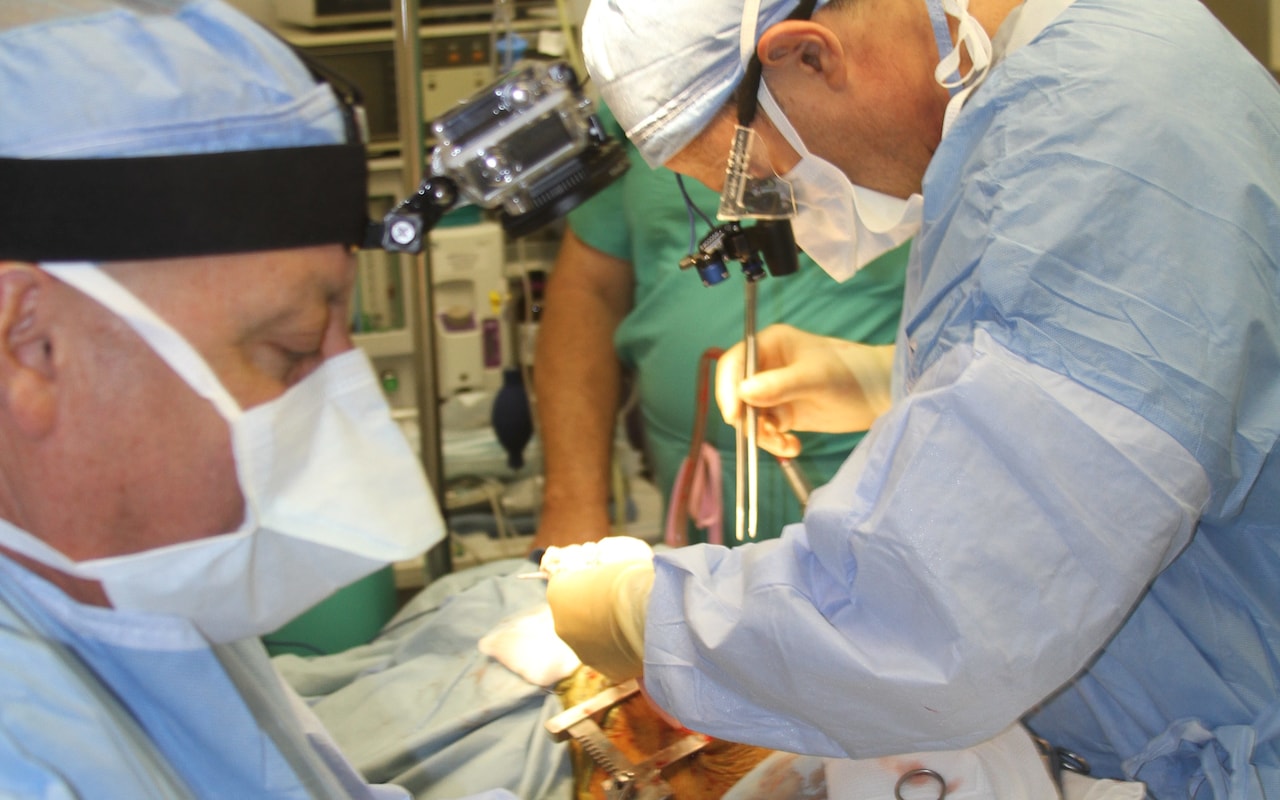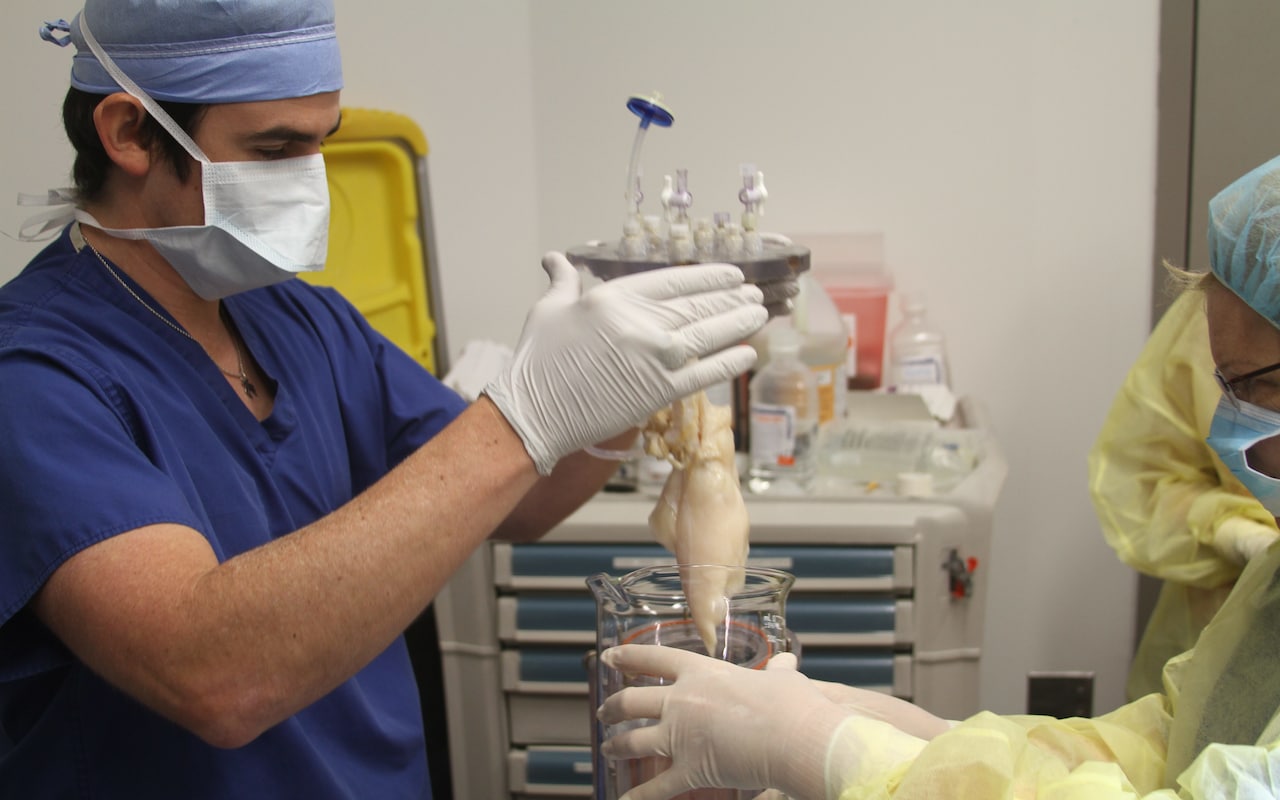Grown lungs are successfully transplanted to a pig, in 5 years human tests are possible.
- Transfer

Light pigs in the bioreactor
Growing organs will begin to save the lives of patients for five years, after scientists first successfully transplanted bioengineering lungs to a pig.A group from the University of Texas Medical Faculty (UTMB) showed that the lungs grown in the laboratories easily settled down in pigs, and within two weeks the network of blood vessels grew.
Previous attempts failed because the organs did not form a complex network of vessels necessary for proper oxygen supply and blood flow.
But new experiments showed that two months after implantation, the lungs were still functioning, and the pigs had 100% oxygen saturation, which meant that all their red blood cells carried oxygen through the body.

Transplantation of bioengineering lungs to a pig in real time
The method will help solve the organ donation crisis in the UK. There are about 7,000 people on the waiting list, of whom 350 need lung transplantation due to cystic fibrosis and emphysema, but a quarter will die without having received the desired organ.
“Our ultimate goal is to provide new opportunities to many people waiting for a transplant,” said Joan Nichols, professor of medicine at UTMB.
"In the future, we will take human stem cells and grow an organ that will be their organ without immune suppression, and it will function as their own lungs."
Uakin Cortiella, director of the Laboratory of Tissue Engineering and Organ Regeneration at UTMB, said: “I would say that in five to ten years we will receive patients with bioengineered lungs.”

Joan Nichols and Uakin Cortiella in the laboratory
To grow the organs in the laboratory, the scientists took the lungs of pigs and deprived them of their blood and cells using a special mixture, so that only the skeleton remained.
They then created a cocktail of nutrients and pig lung cells that would receive the graft, and placed it in a reservoir with an organ skeleton.
The lungs were raised for 30 days and implanted into four pigs that were kept alive for 10 hours, two weeks, one month and two months to see how blood vessels develop.
All pigs that received bioengineering lungs remained healthy.
Two weeks after transplantation, bioengineering lungs formed a network of blood vessels that are necessary for the life of the lung. And there was no pulmonary edema that could cause respiratory failure.

Bioengineering lungs on the eve of transplantation
Currently, donated lungs need to be adjusted according to the size of the patient’s lungs, and the recipient needs to take immunosuppressants to reduce the risk of organ rejection. But if one sows the skeleton of an organ with its cells, there will be no immune response.
In the near future, the lung frameworks will be received from donated organs, but it is possible that in the future they will be printed on a bioprinter.
“We have grown a much better vascular network in the lungs, which was not there before,” said Dr. Cortiella.
“We also moved from small animals to large ones with large lungs.”
“Bio-engineering lungs can be grown at any time, so a person does not need to wait until a good organ is found. You can grow them both for a child and for an adult. ”
The next step is to keep pigs alive for as long as possible so that the bioengineering lungs are fully matured and taken root, but researchers say they will start testing in the terminally ill over the next five to ten years.
“All the work took 15 years of research, our team did an incredible, with minimal finances and a surprisingly dedicated group of people,” said Professor Nichols.
Magazine publicationScience Translational Medicine .
